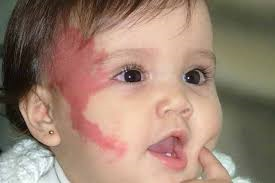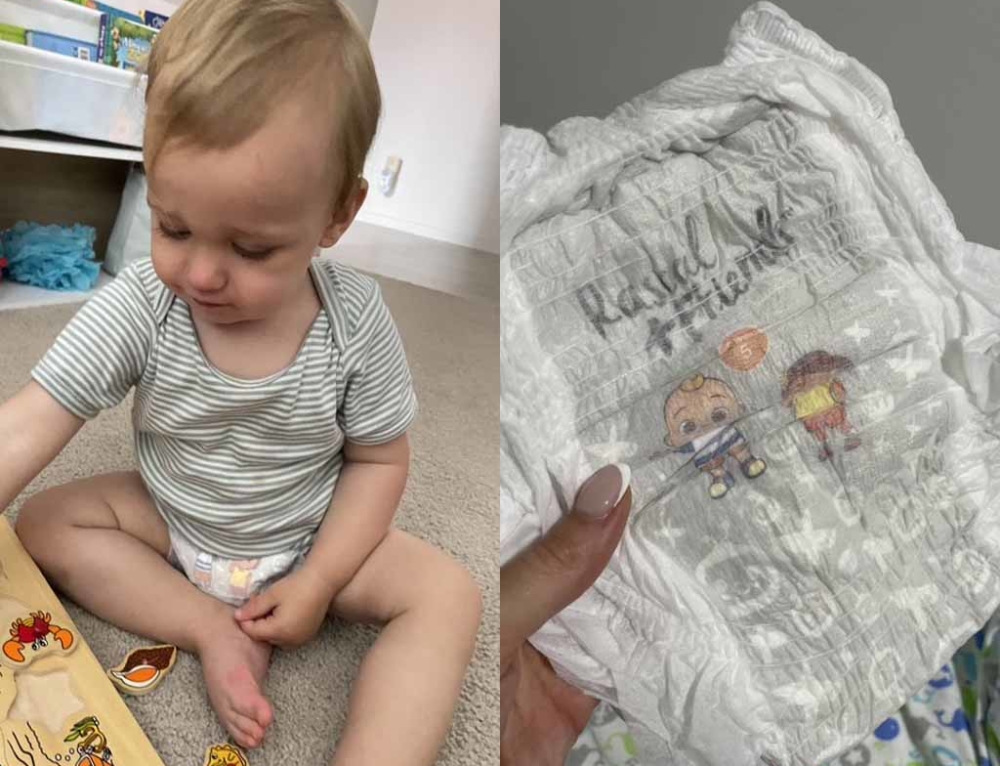Most babies are born with some type of discoloration on their skin – the majority of these disappear on their own in the months after birth, though occasionally, they increase in size before disappearing. Birthmarks are those marks on the skin that are permanent and may not fade for some time, if at all.
While birthmarks don’t usually cause any discomfort to the bearer, they can be upsetting for new parents when they are large or in a prominent area such as the face. Experts still don’t know why some babies develop birthmarks.
Types of marks on your baby’s skin
The most common types of marks are:
-
Stork marks
Technically known as vascular ecstasia, but more commonly also known as stork bites, these little pink patches of skin are usually found on the forehead, eyelids, nose, top lip, on the bridge of the nose and the nape of the neck. Stork marks appear on approximately 50% of newborns and will fade or disappear completely over time – although these marks do sometimes become more visible when the barer is crying or distressed.
-
Strawberry marks
These are also known as haemangioma and are caused by an overgrowth of tiny blood capillaries. A common skin mark, these bright red or purple patches are raised soft swellings that very often grow before eventually shrinking and disappearing altogether. Some strawberry marks continue to grow until your baby is about nine months old but it is not unusual for a child over 2 years to have a strawberry mark. It is generally not recommended that any treatment be given to remove these mark as they do tend to disappear on their own and most treatments lead to some form of scarring.
-
Spider marks
These are medically known as spider naevi, and are a collection of small broken blood capillaries that are visible just under your baby’s fine skin. The medical term for them is ‘spider naevi’. Most disappear in the first two years of life.
-
Mongolian spots
This term describes a patch of bluish skin – it almost looking like a bruise – that commonly appears across the lower back and buttocks of babies with darker skin. The mark is the result of an accumulation of pigment under the skin. These marks are often present at birth but may appear in the hours or days after birth. Completely harmless, mongolian spots usually fade away within the first 3 years of life.
-
Birthmarks
This term most commonly describes the variety of brown marks on the skin. Most usual are the flat, pale coffee-coloured birthmarks that grow as your child grows without ever becoming darker; or moles, a dark brown, slightly raised area on the skin.
-
Port wine marks
Often referred to as port wine stains, these bright red or purple birthmarks are caused by dilated capilleries in the skin. Port wine marks are permanent and will not fade. They are more commonly found on the neck and face and some may be removed by laser treatment when your child is older.







Leave A Comment
You must be logged in to post a comment.